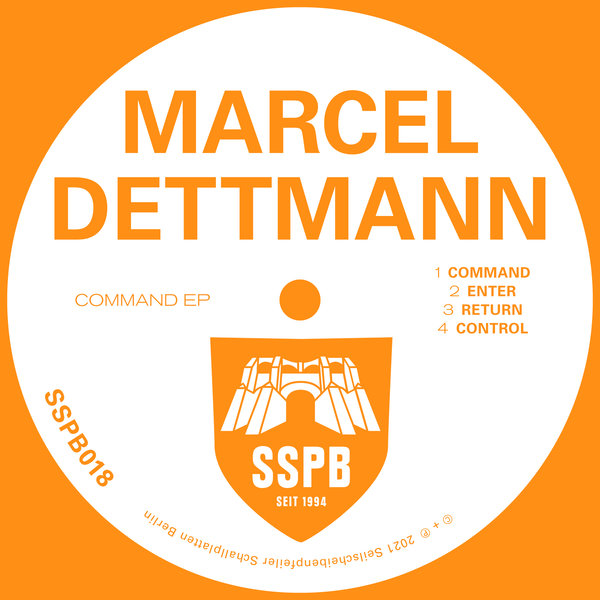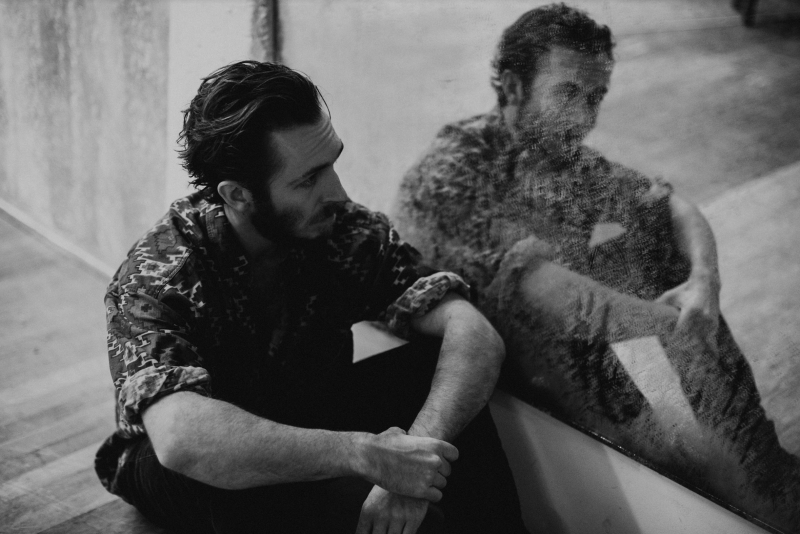Surrealism, film and music: 3 hours with… Antwerp
I first came across Italian-born, London-based producer Antwerp through one of those happy accidents the Internet occasionally throws up. Bored and casually browsing for new music, a random assortment of clicks and Google links later I’d struck gold. As well as his music, what caught my attention was an event he was putting on at the Hackney Picturehouse later that week, a screening of two silent surrealist films accompanied live by electronic scores he had composed.
Never one to turn down a bit of Surrealism at the weekend, I made my way to Hackney to watch Antwerp’s sonic interpretations of Un Chien Andalou (1928) by director Luis Buñuel and artist Salvador Dali and La Jetée (1962) by Chris Marker. Composing film scores seems to be in fashion at the moment, Richie Hawtin has written a score for the French silent film Brumes d’automne which is premiering in Paris in September, but Antwerp’s soundtracks truly enhanced the experience of watching the films and the meaning and emotions evoked by them. What impressed me was that the scores borrowed very little from his own music and the inspiration for the compositions seemed to stem organically from the films themselves, rather than the producer merely using them as a showcase for his own sound.
Intrigued by his process, I arranged to meet him the next week to talk about the scores and his new album release. He turns up at the Ace Hotel in Shoreditch with bohemian locks brushing his shoulders and wearing tweed, looking more like a young academic than an electronic music producer. He speaks softly and eloquently in accented English, with a compelling manner that suggests he may be telling you the secrets of the universe so you better take notes. Which I did, copiously.
We started with the films. Un Chien Andalou is a true Dali creation, mixing disparate images, ideas and motifs into a disordered, bewildering and at times disturbing montage. Antwerp’s score embraced these themes, both in terms of the effect his sounds had on the viewer as well as his method in creating them. Speaking about his inspiration for the score, Antwerp lists dreams and madness as influencing concepts but also the idea of how sounds shape a viewer’s perception of images onscreen and manipulating this in unexpected ways can transform how those images are understood.
A good example of this is the seaside scene towards the end of the film. In the silent version, the scene appears rather pleasant in comparison to the violent imagery of the rest of the film, whereas in Antwerp’s version the innocuous seaside scene is made ominous by the use of the aggressive sound of rough waves during a storm. All of the sounds for both scores were made from field recordings, and these too embraced the incongruous nature of Surrealism. Rather than recording sounds which accurately represented the action taking place onscreen, Antwerp chose to play with the viewer’s understanding of the film through using discordant and unexpected noises, leaving the audience as disorientated by what they were hearing as they were from what they were seeing.
The score for La Jetée was a different, though no less complex, auditory exploration than that of Un Chien Andalou and Antwerp considered it the harder of the two films to score. La Jetée features very little motion-picture footage and is instead constructed from photographic stills played out as a photomontage with a narrative voiceover. The film has a conventional linear storyline unlike Un Chien Andalou and Antwerp used his score to convey the atmosphere of the narrative rather than provoking the viewer directly with sound as in the first film.
La Jetée tells the story of a post-apocalyptic future where painful experiments are performed to send people backwards and forwards in time and Antwerp’s score fully realises this dark ambience of pervasive menace. However, his composition is more than just background music and the same consideration went into its elements as the score for Un Chien Andalou, though the effects are more delicate. An example of this is his manipulation of the narrator’s voice, altering its pitch to highlight moments of significance in the film and subtly augment the experience of the viewer.
Whilst working on the film scores, Antwerp was also putting the finishing touches to his recently released album Parallel Sphere. The process behind the album reflected the same thoughtfulness that had gone into the composition of the scores, the producer orchestrating backwards from a concept to its representation through music. The theme of the album is the inconstancy of time and civilisations and the tracks convey this by combining sounds from dissonant contexts; Eastern instruments manipulated by Western melodies or tribal beats layered over industrial noise. Antwerp’s fascination with Eastern music has been an underlying force throughout his career and in Parallel Sphere he has focused in on sounds which harness the spiritual and mystical facets of Eastern culture, from sources as far flung as West Sumatra to the Islamic world.
Over the course of our three-hour conversation, Antwerp came up with more than a few quotable maxims, my favourite being “If you want to make music you please the world, if you want to make art you please yourself.” When I asked him whether he made music or art his answer was characteristically enigmatic: decide for yourself.
Parallel Sphere is available for digital download or on limited edition USB flash drive here.
Un Chien Andalou accompanied by Antwerp’s score is available on YouTube.
Written by Zaz Ali



